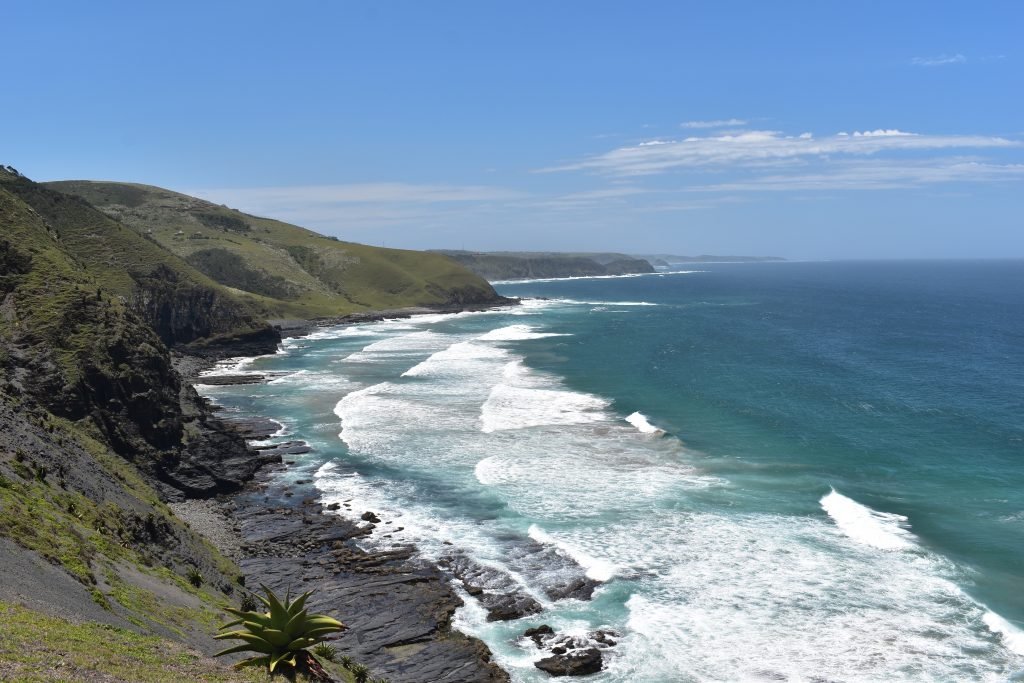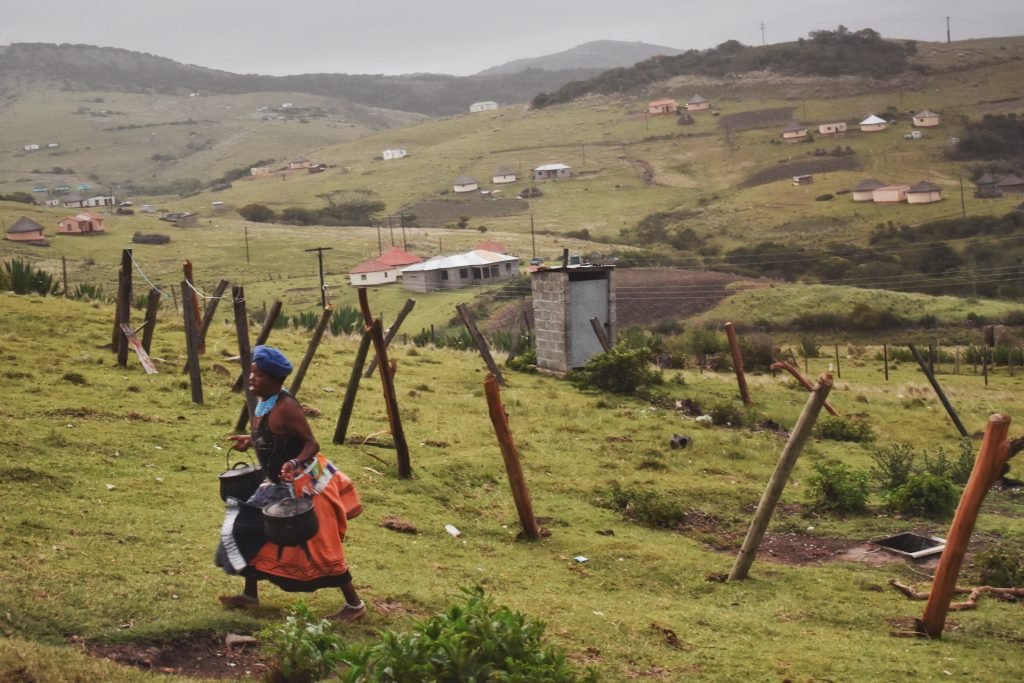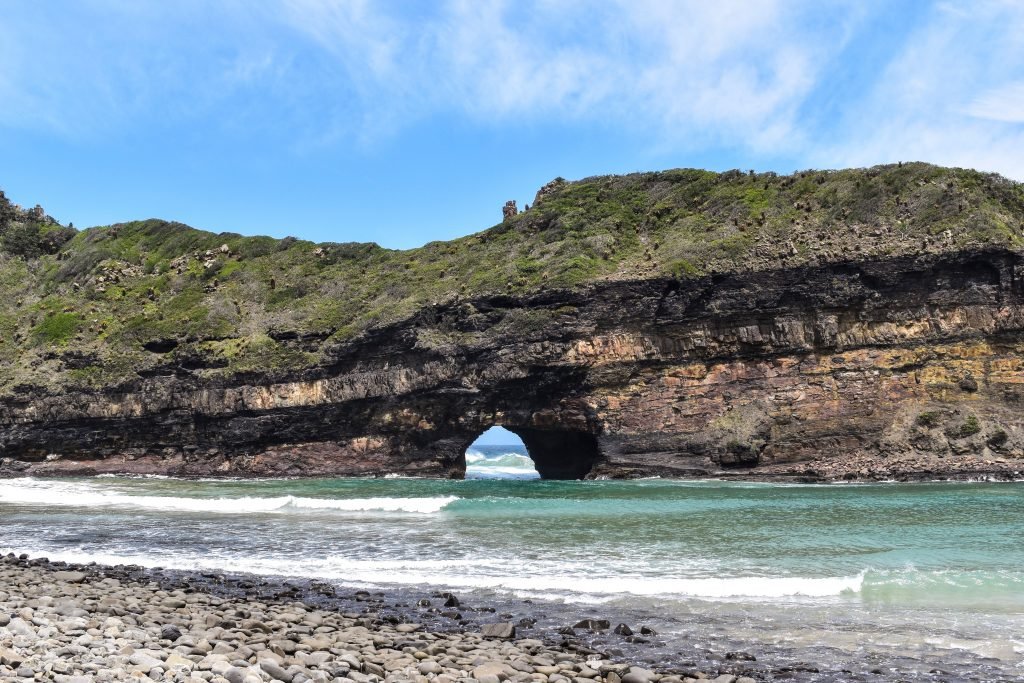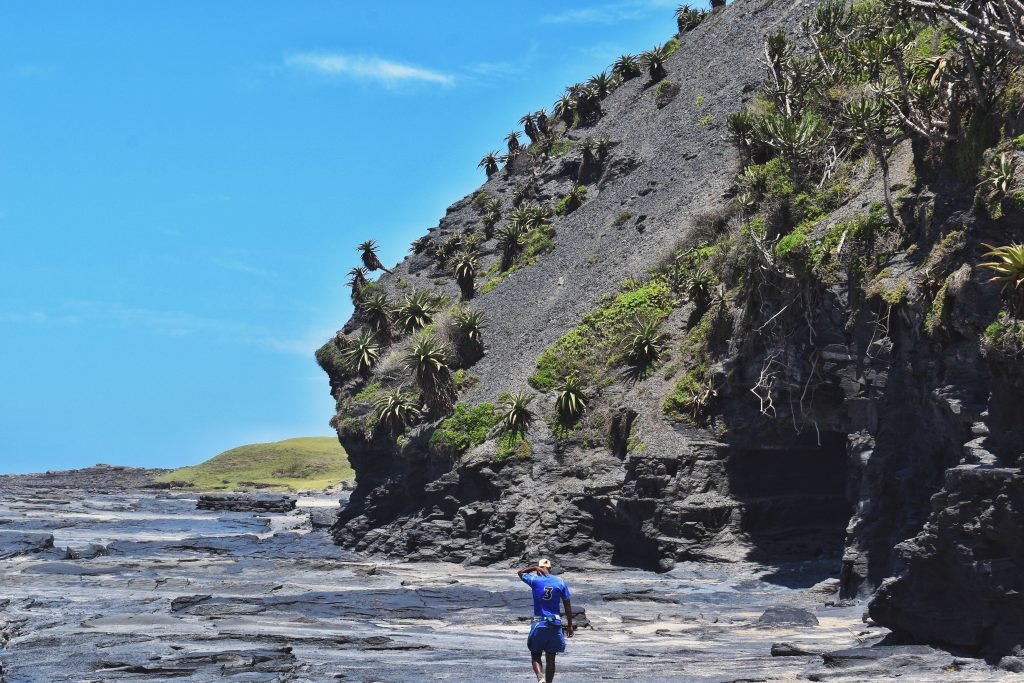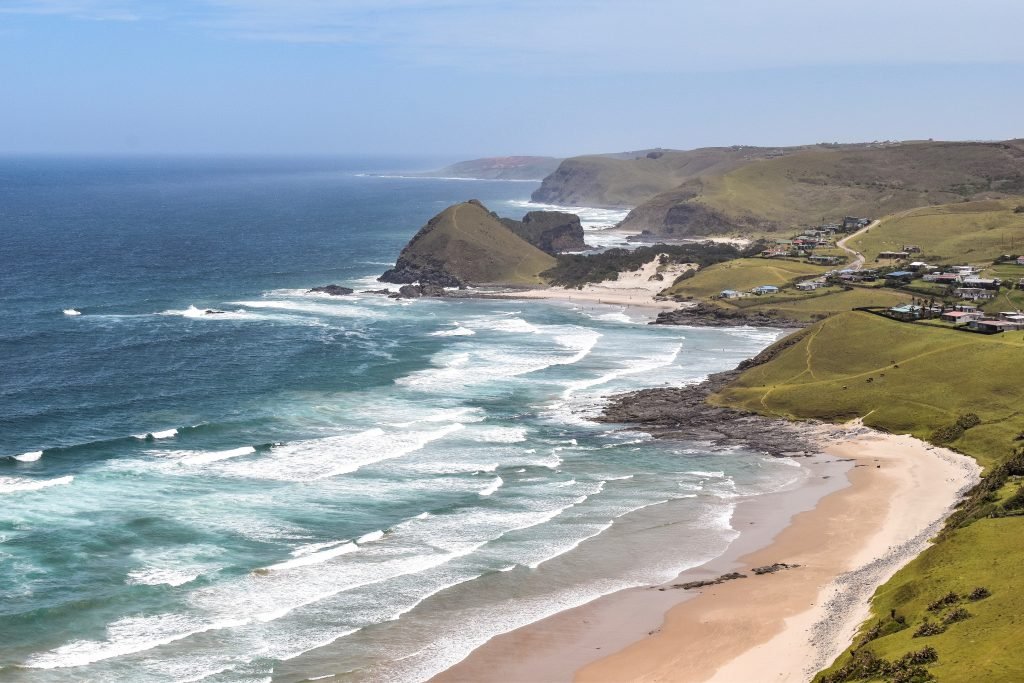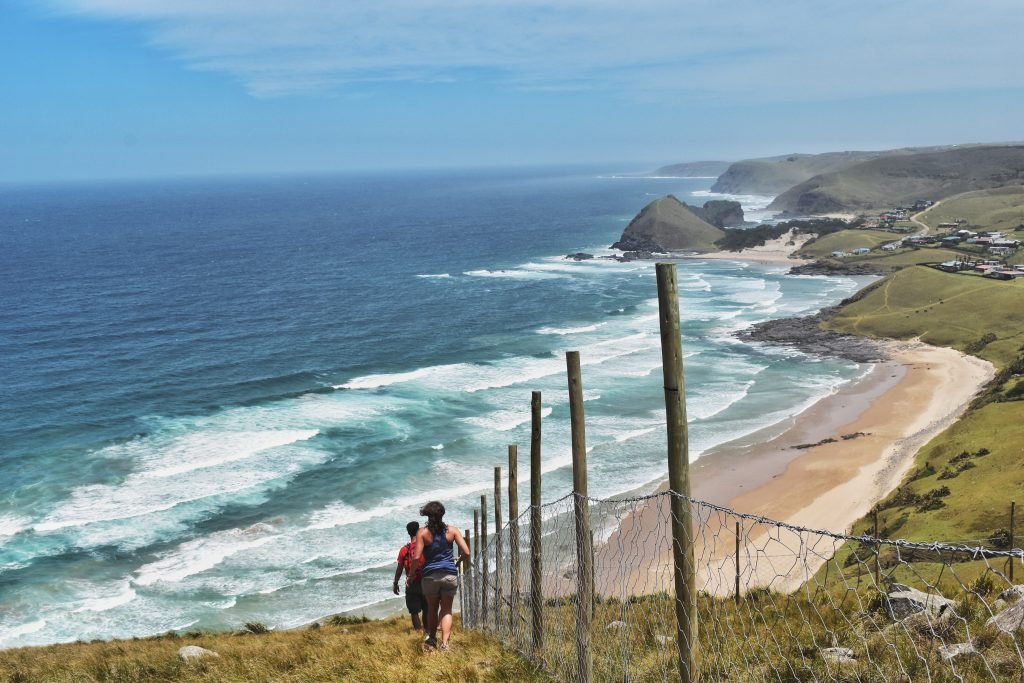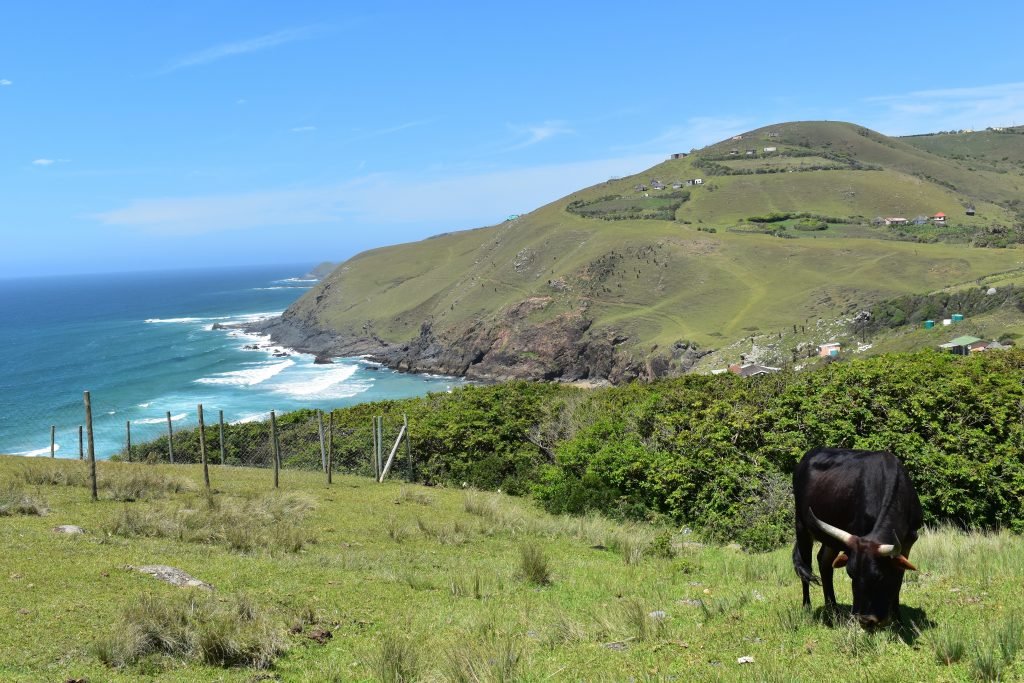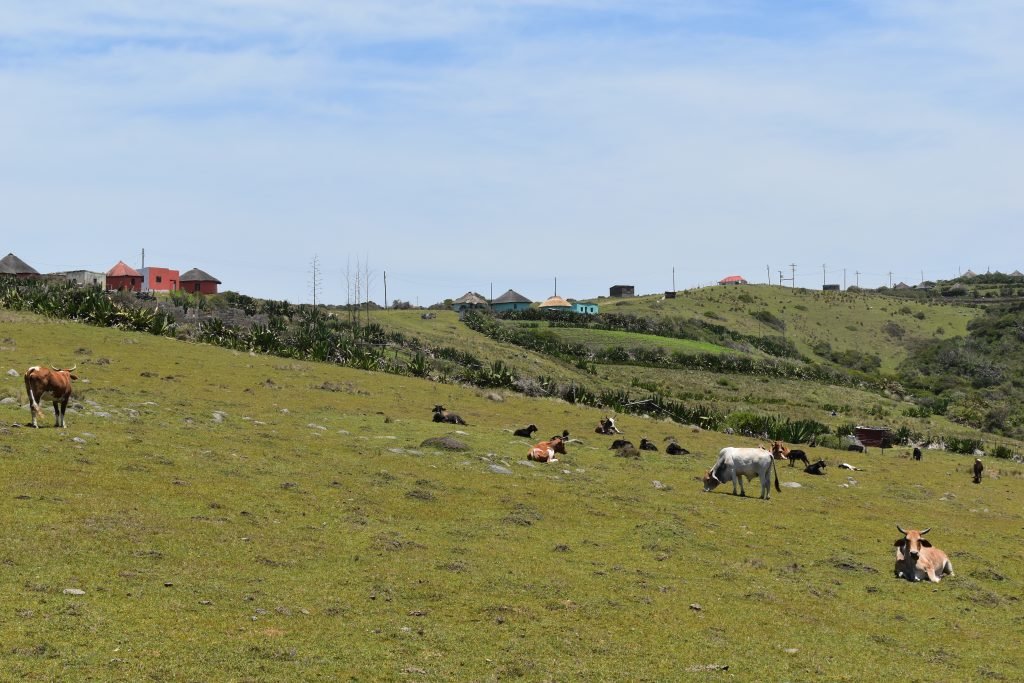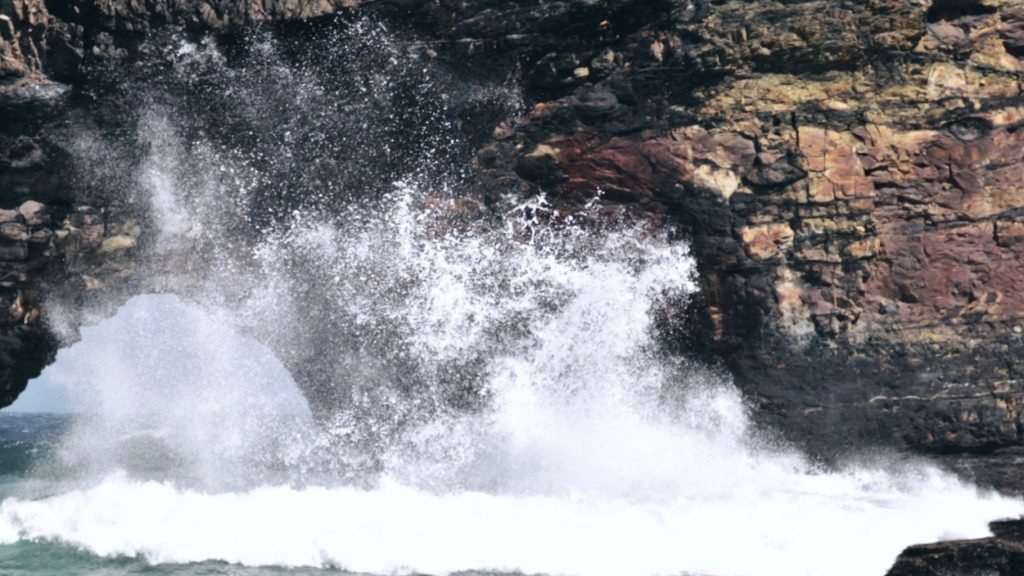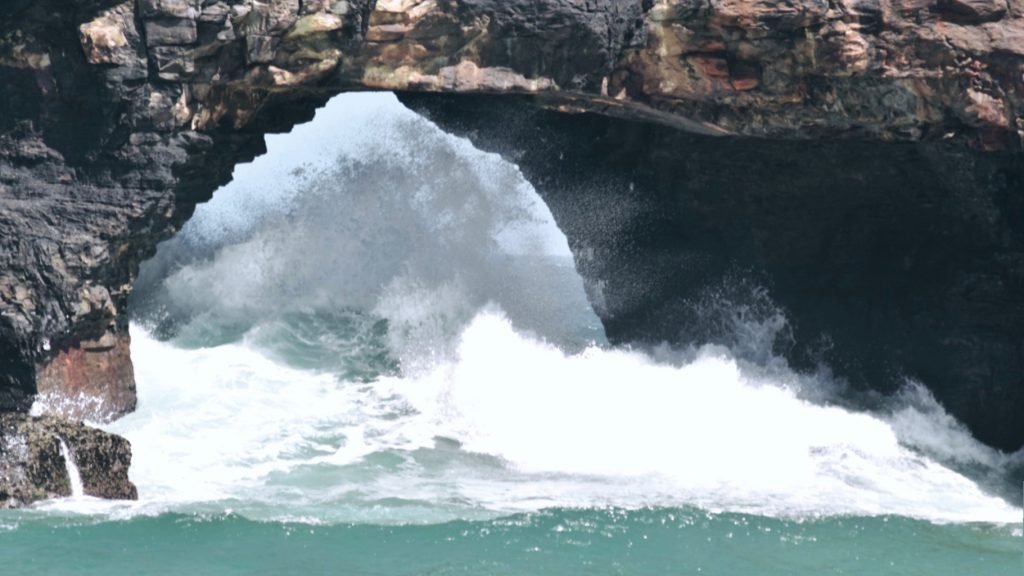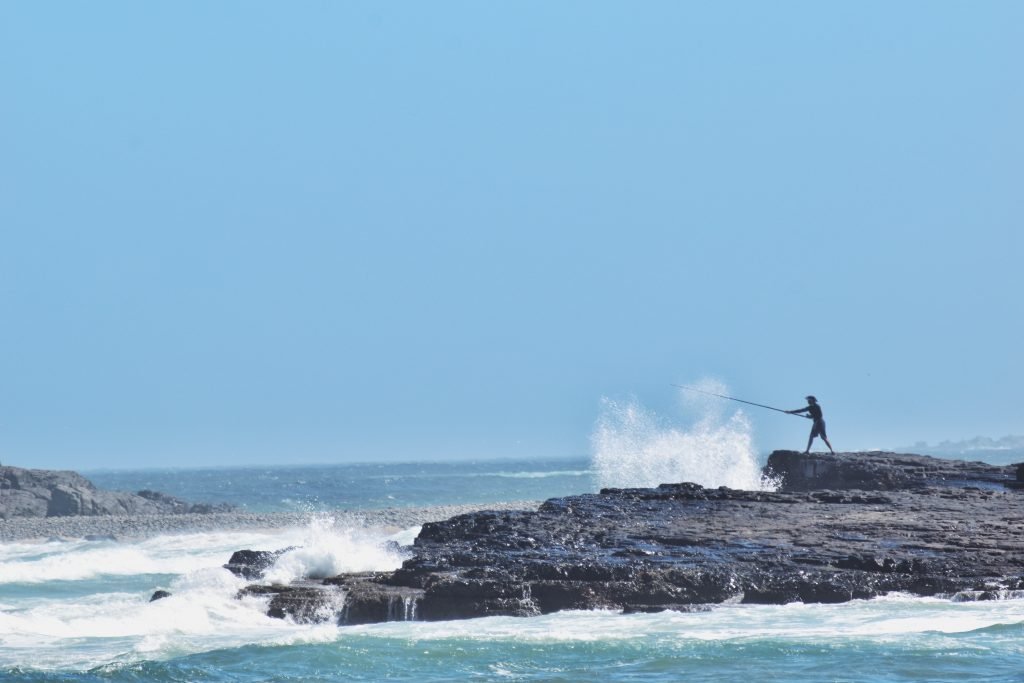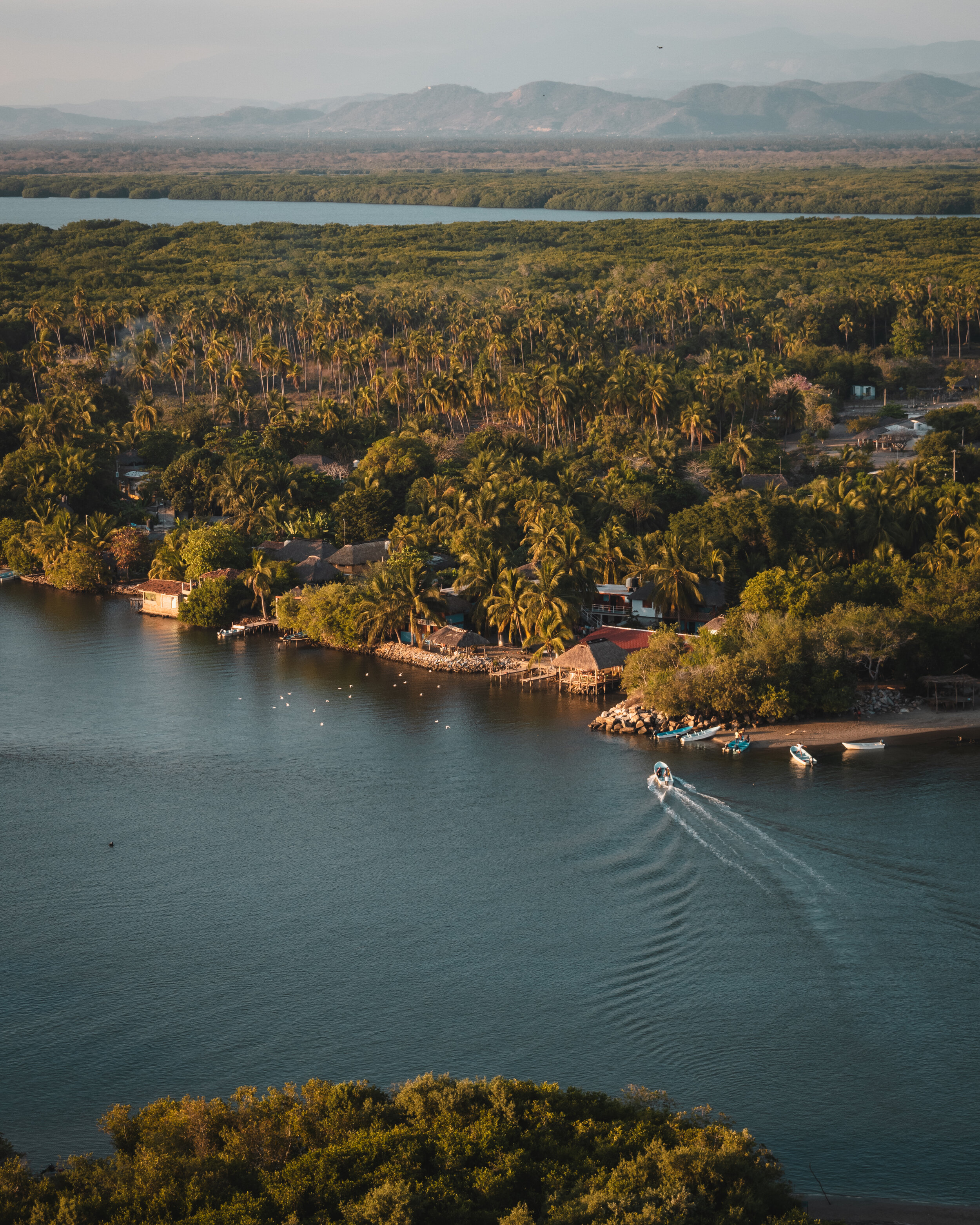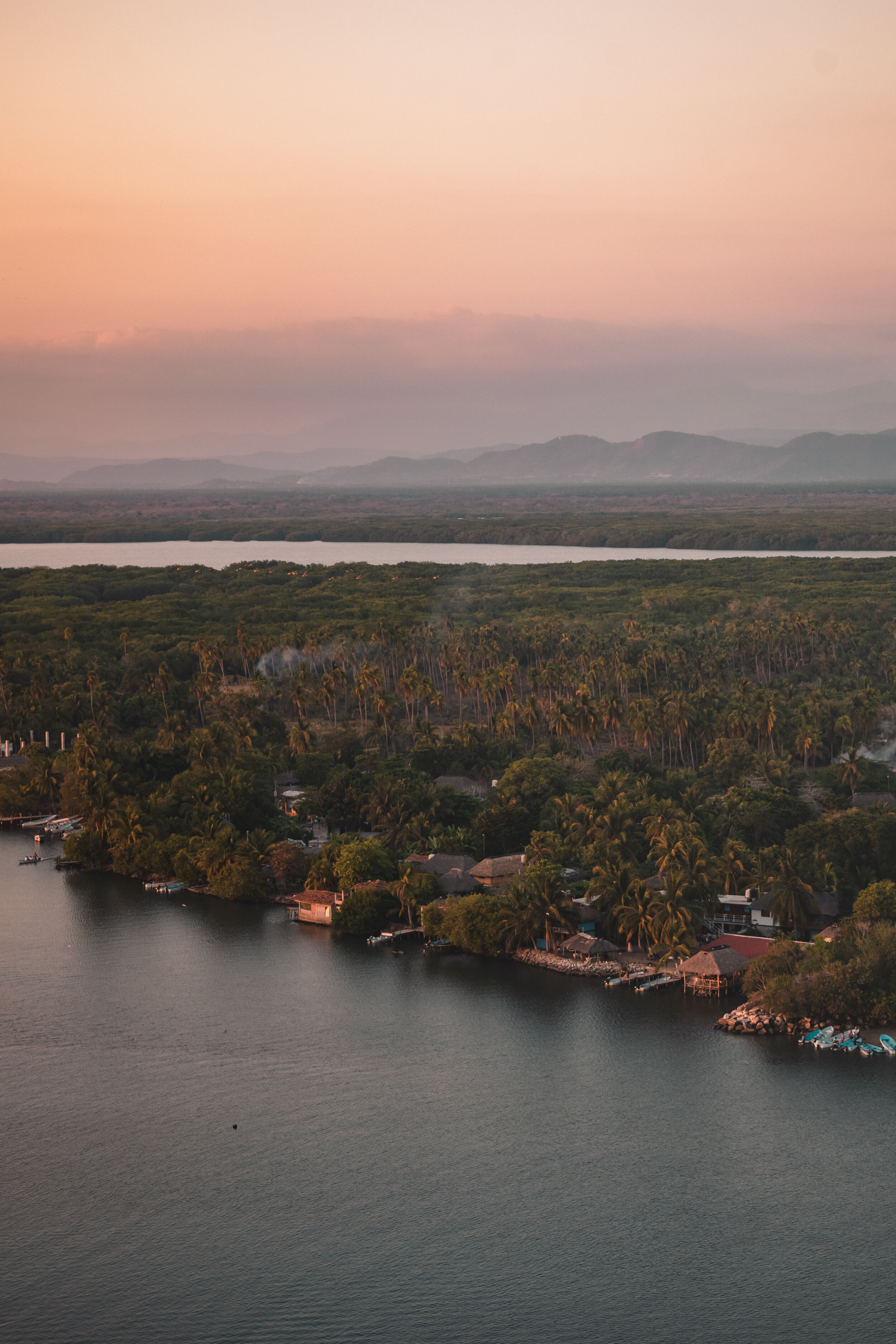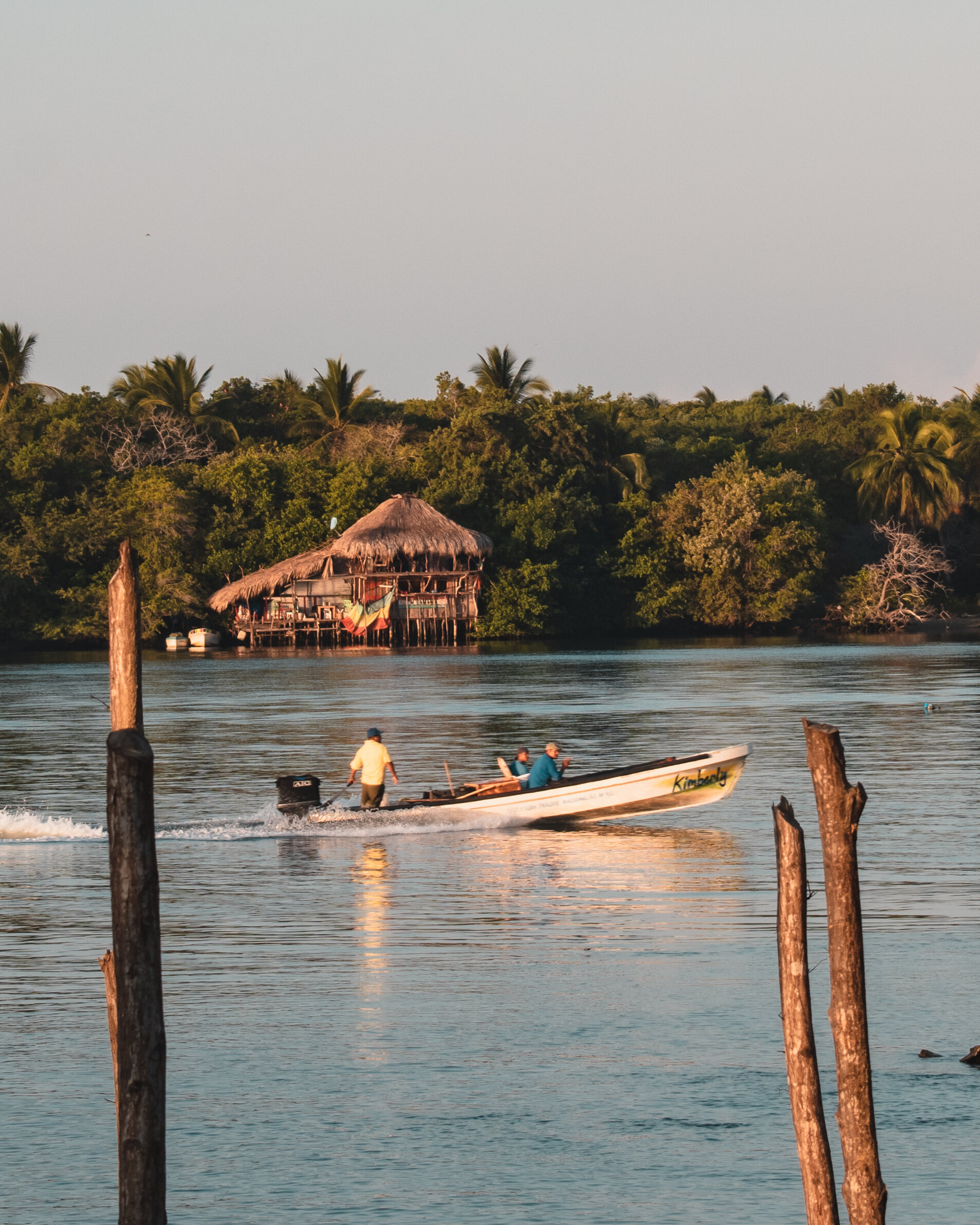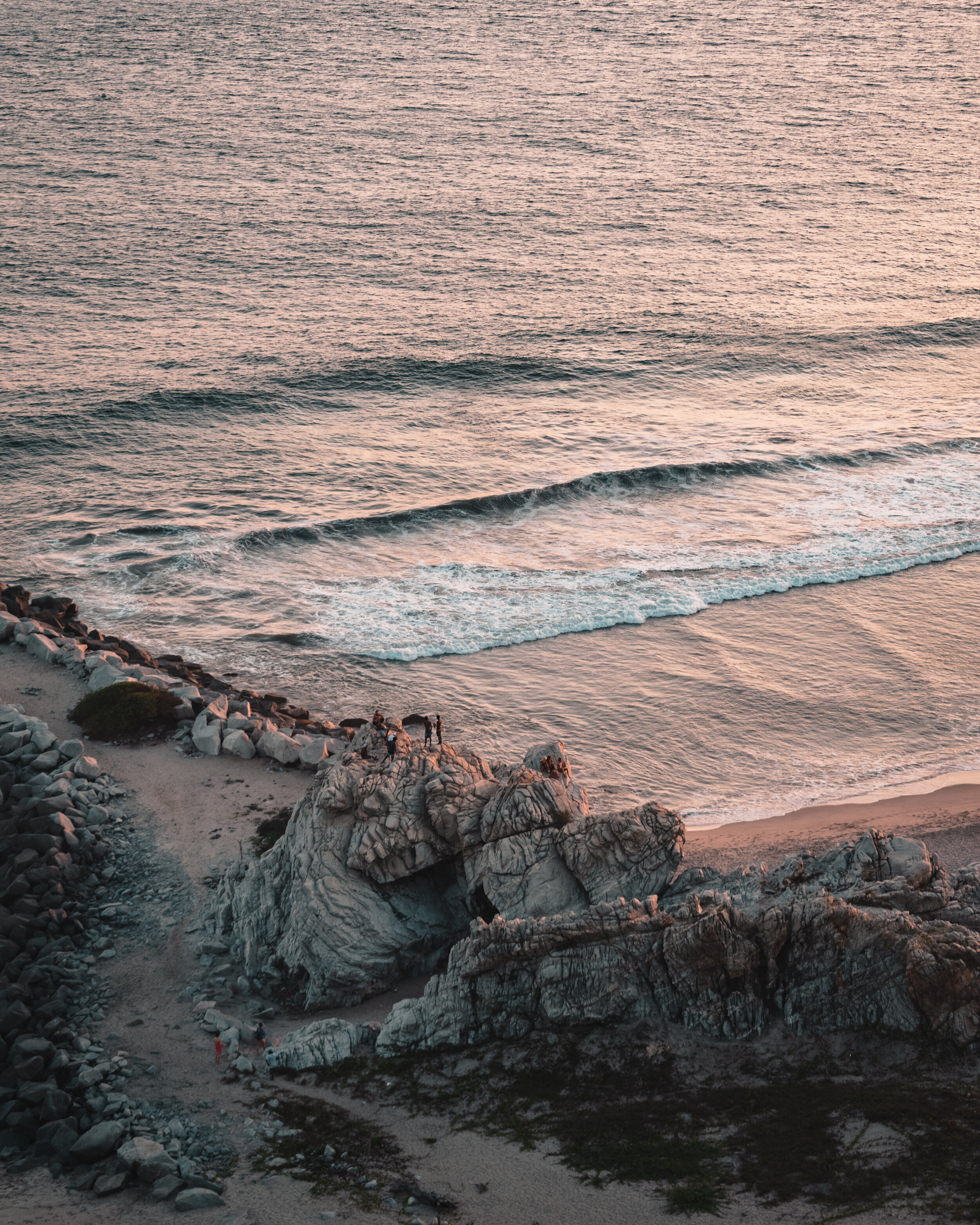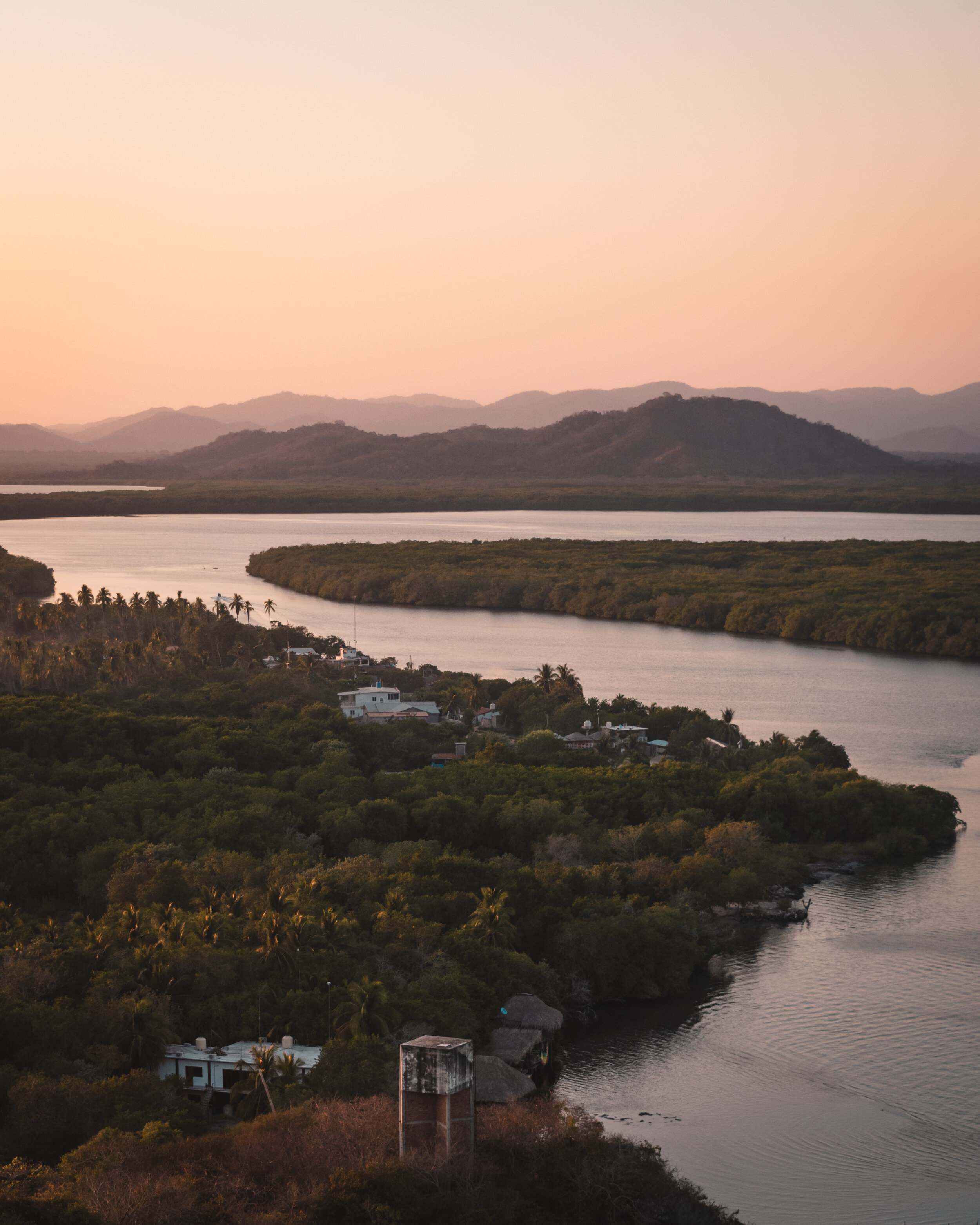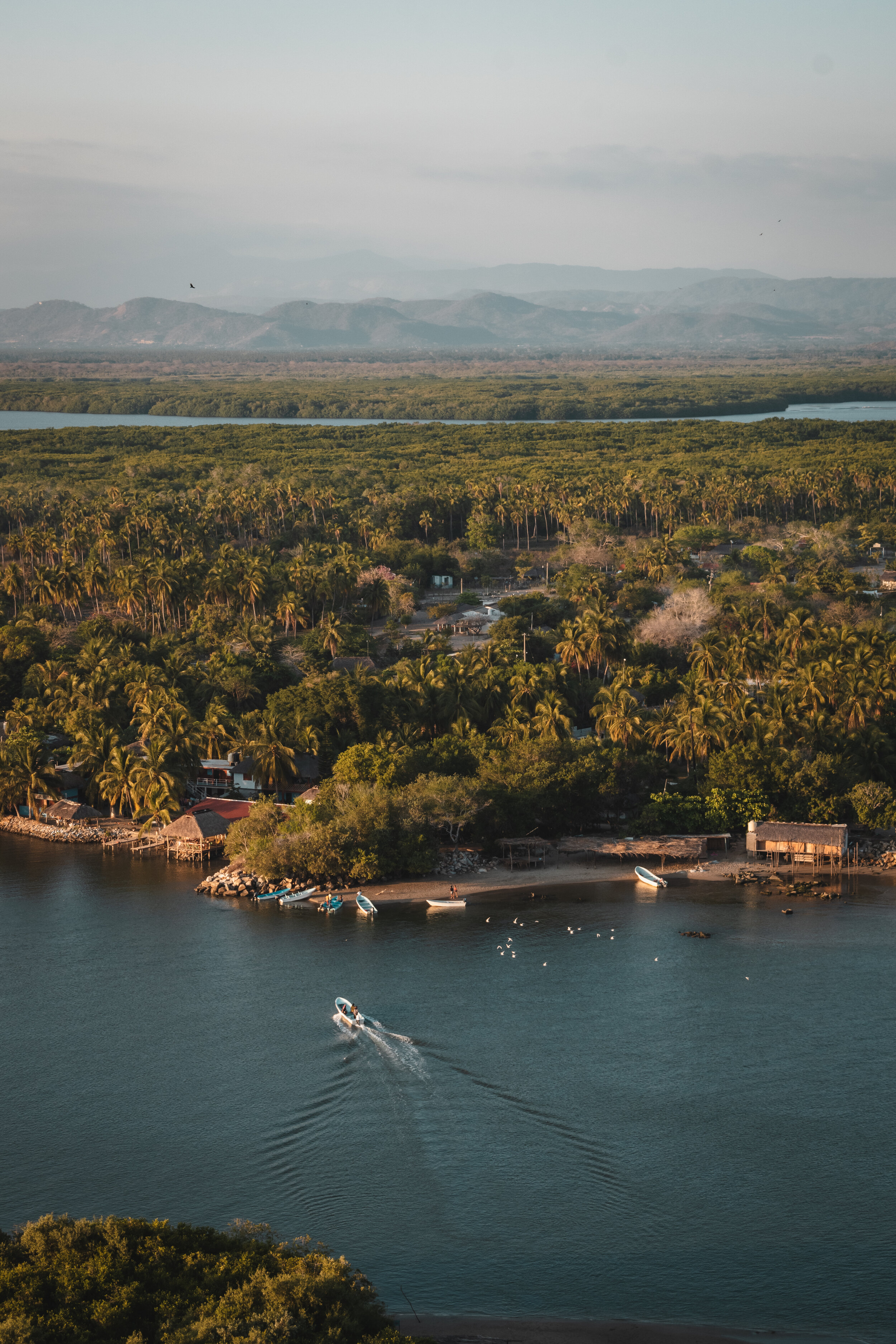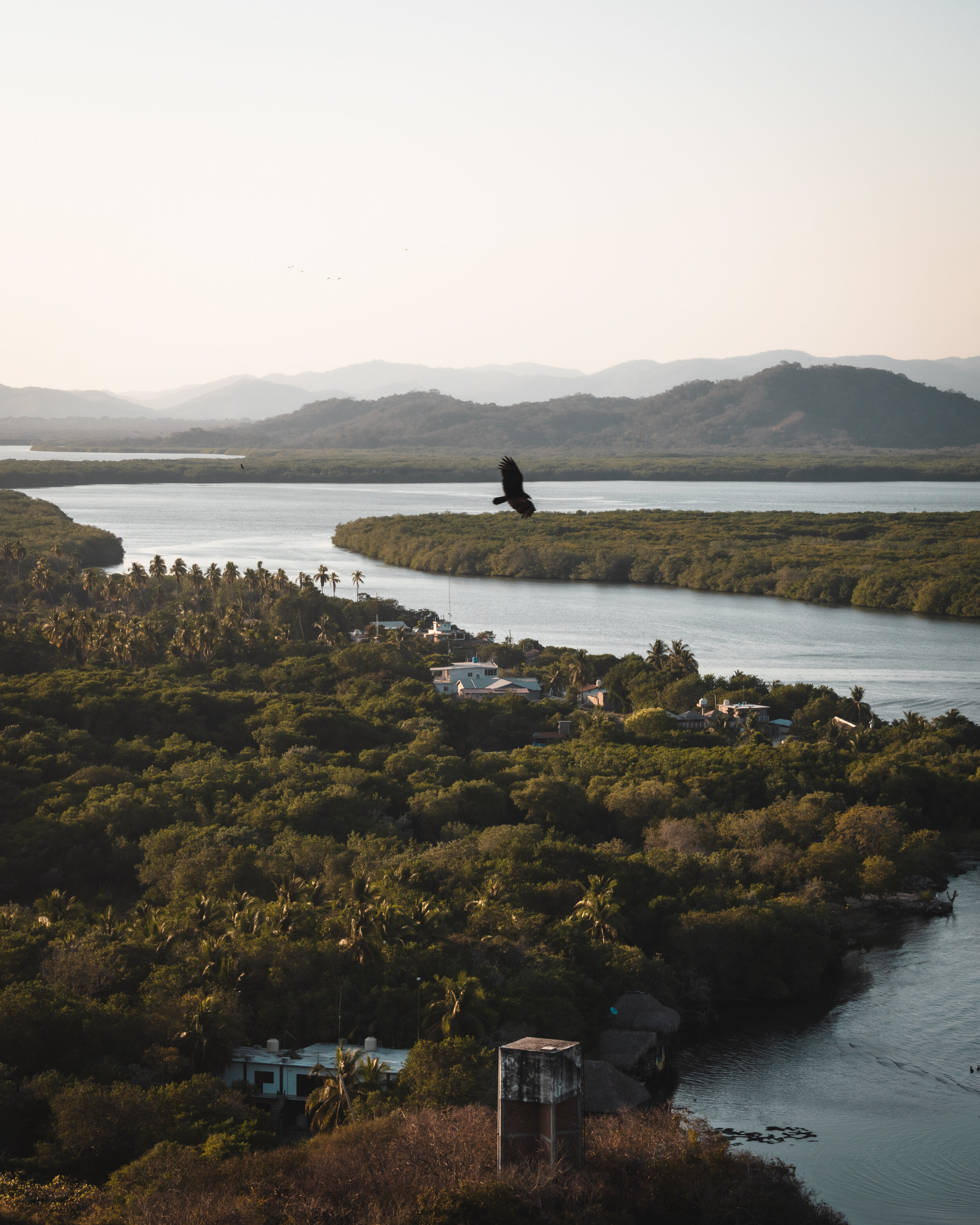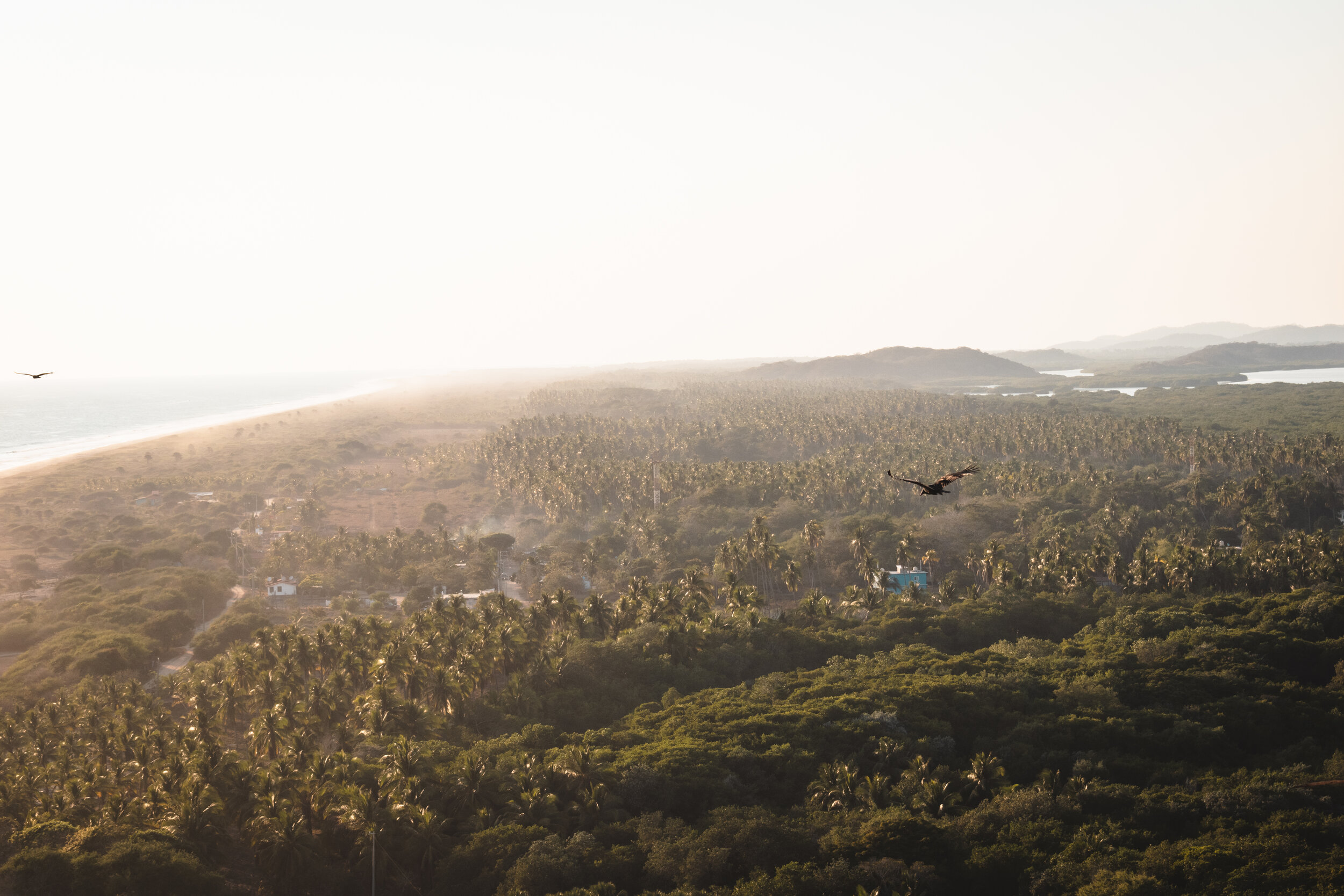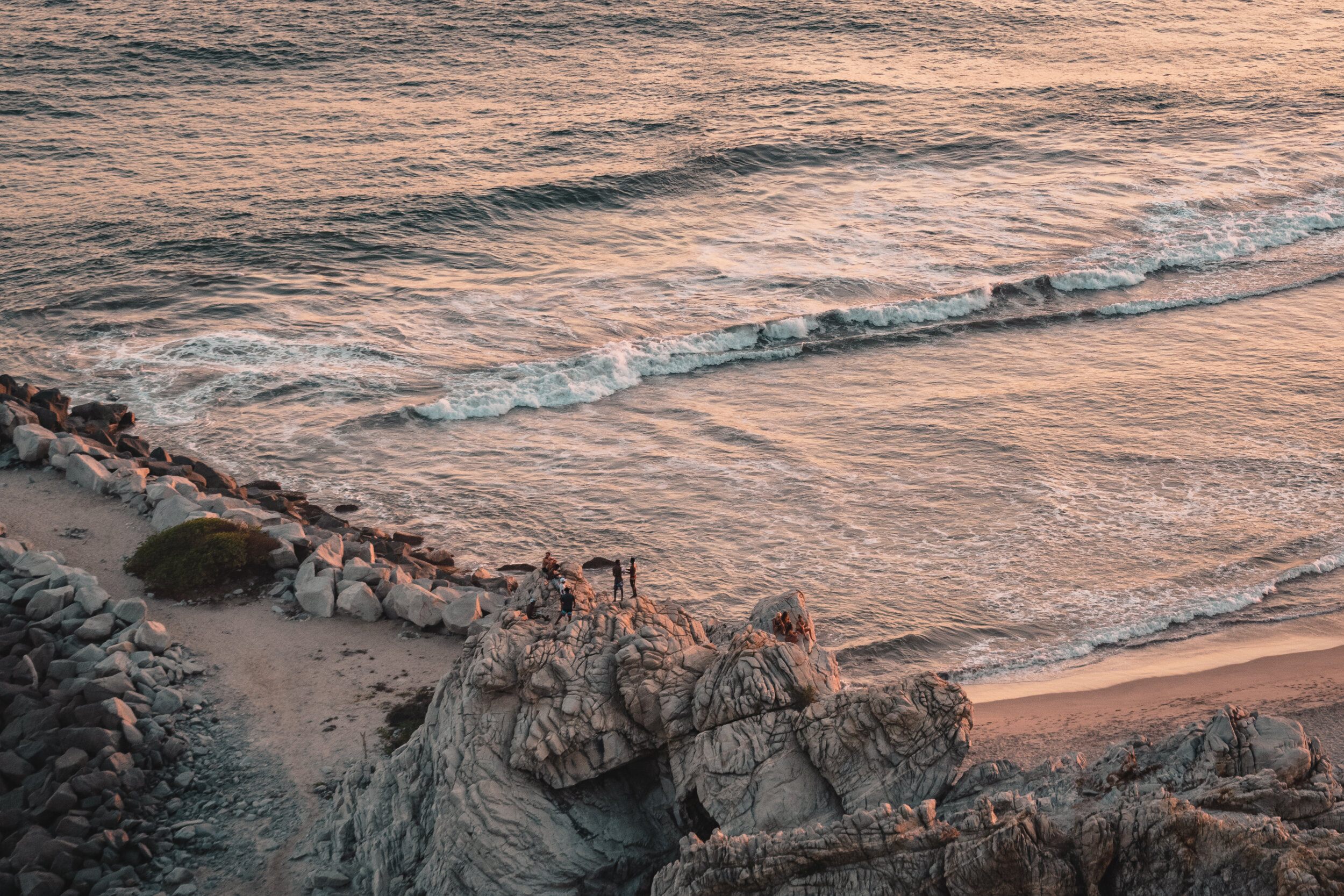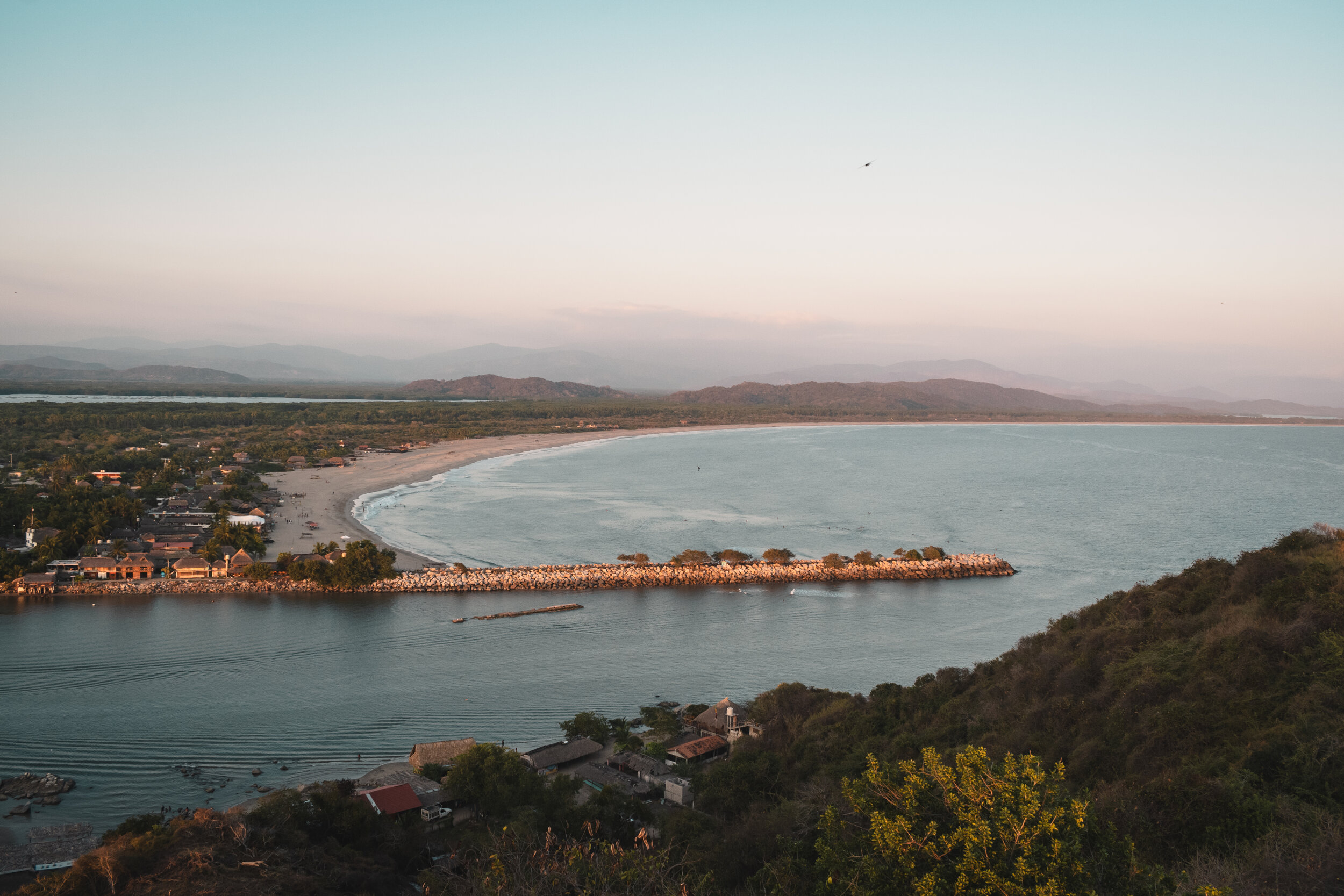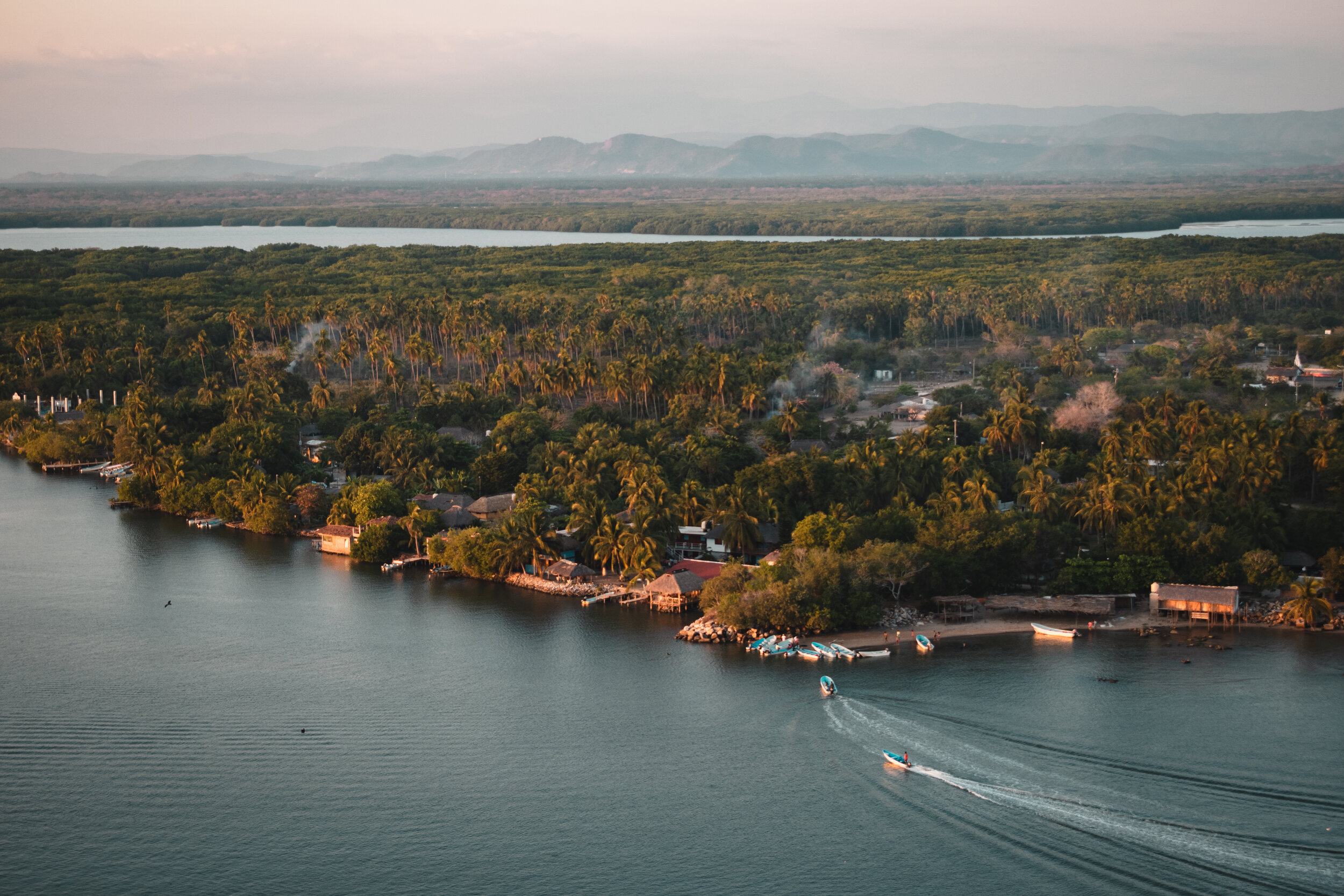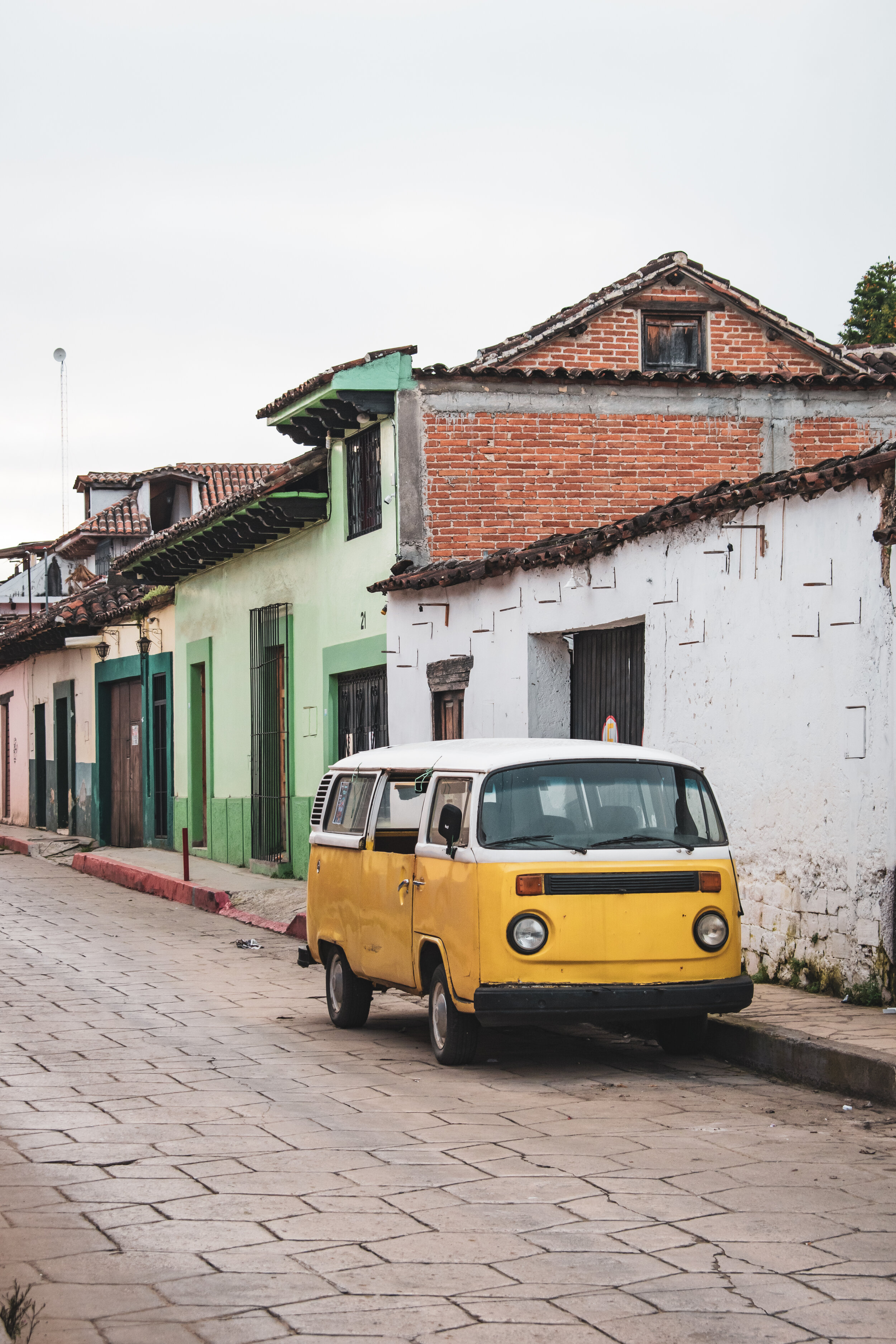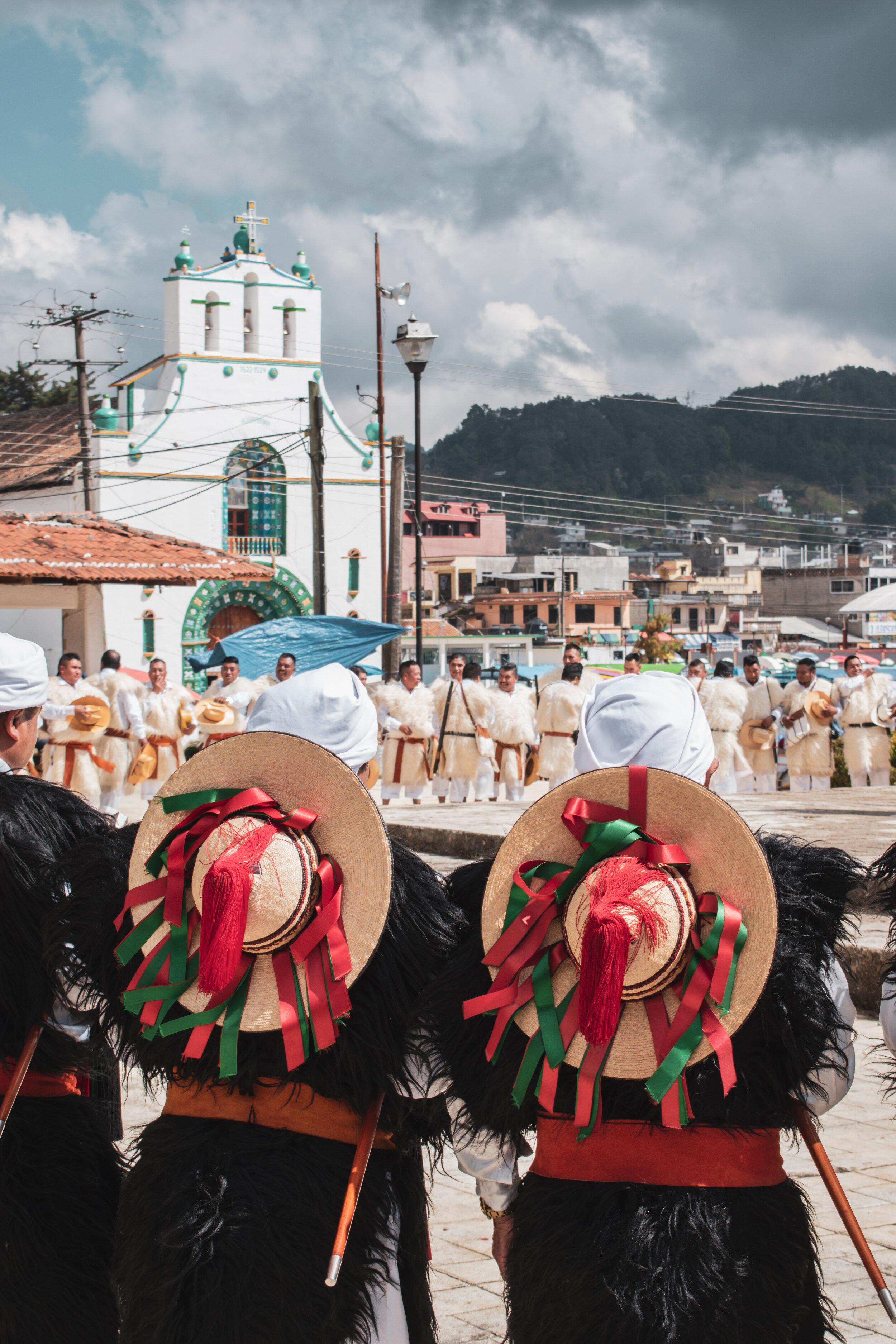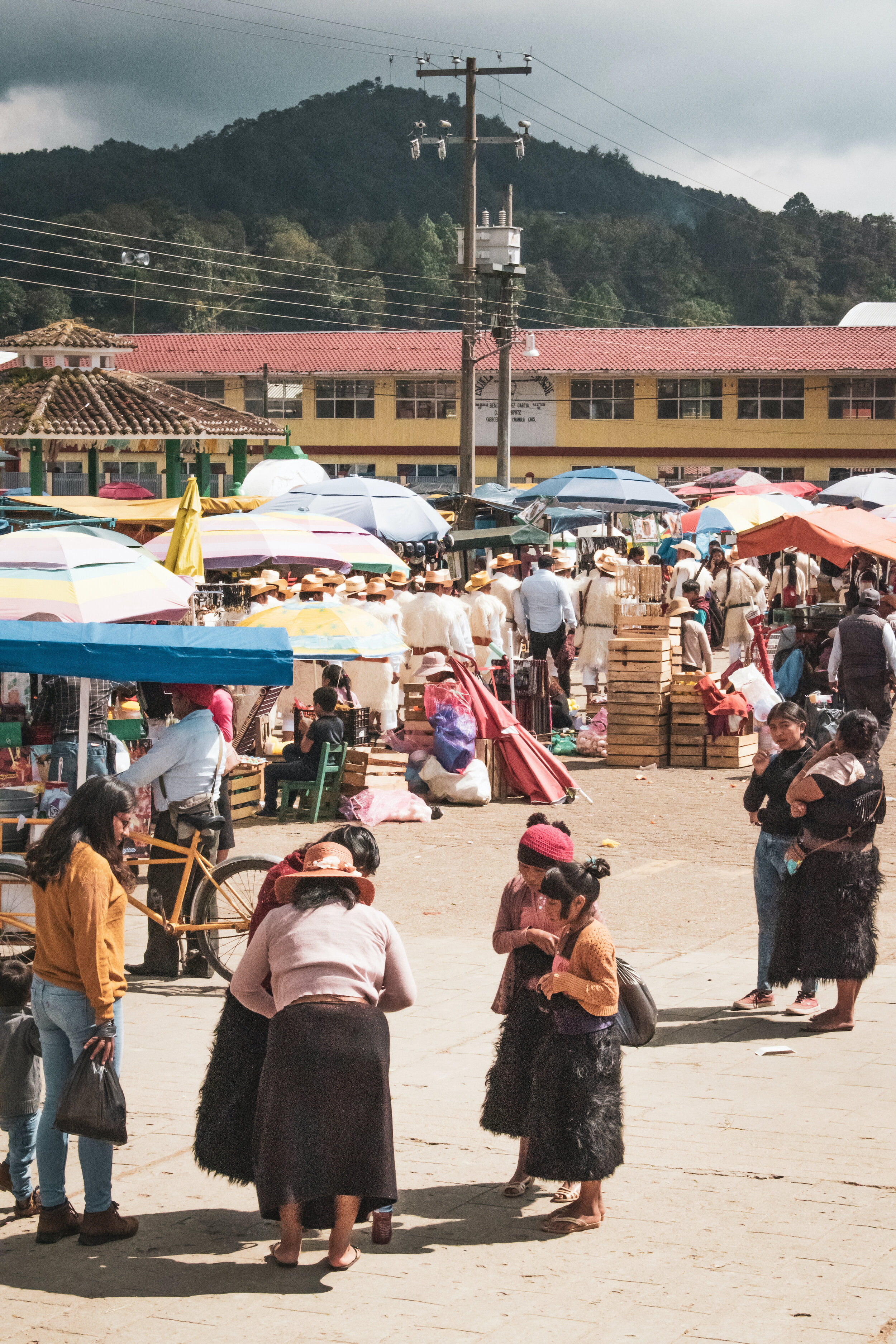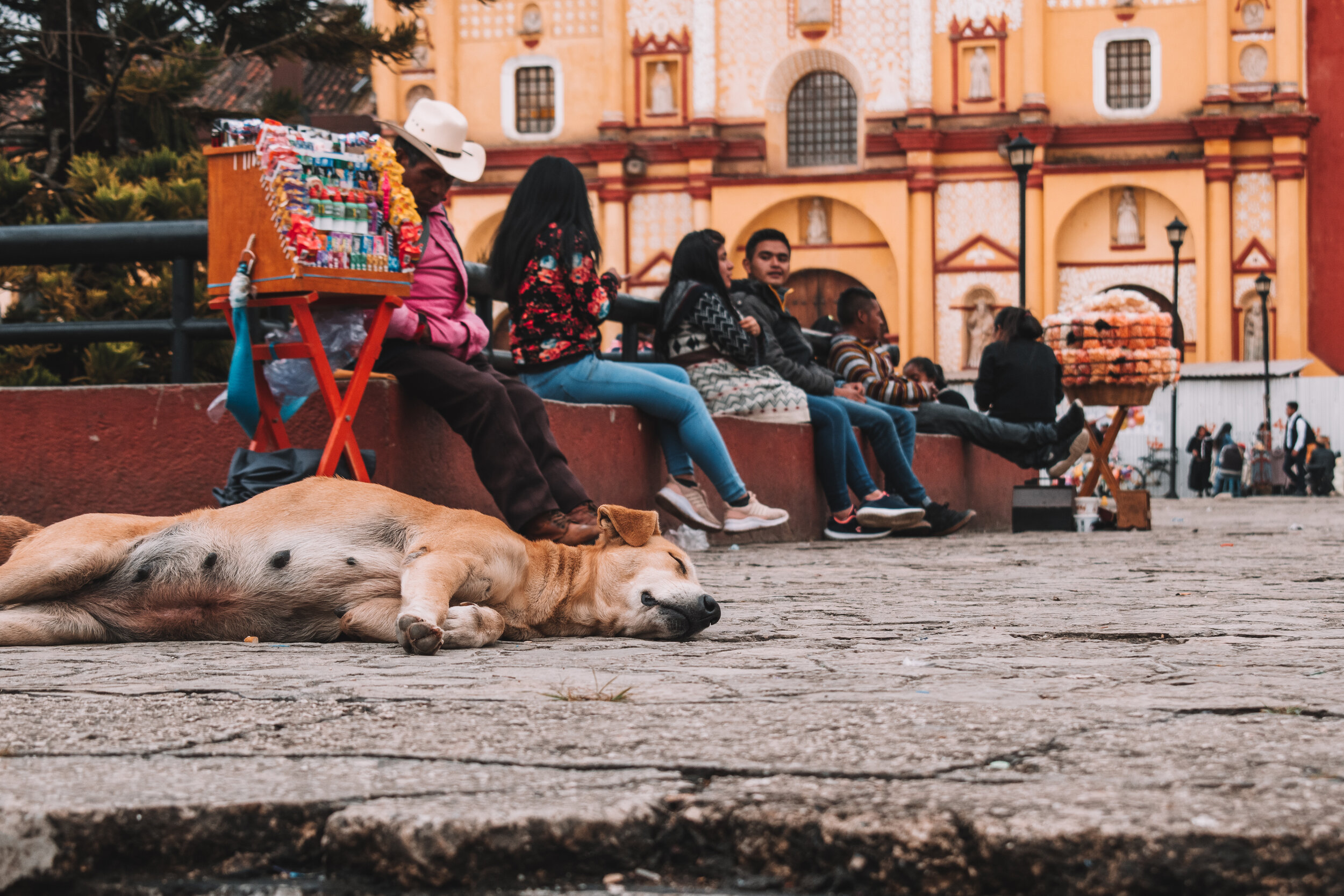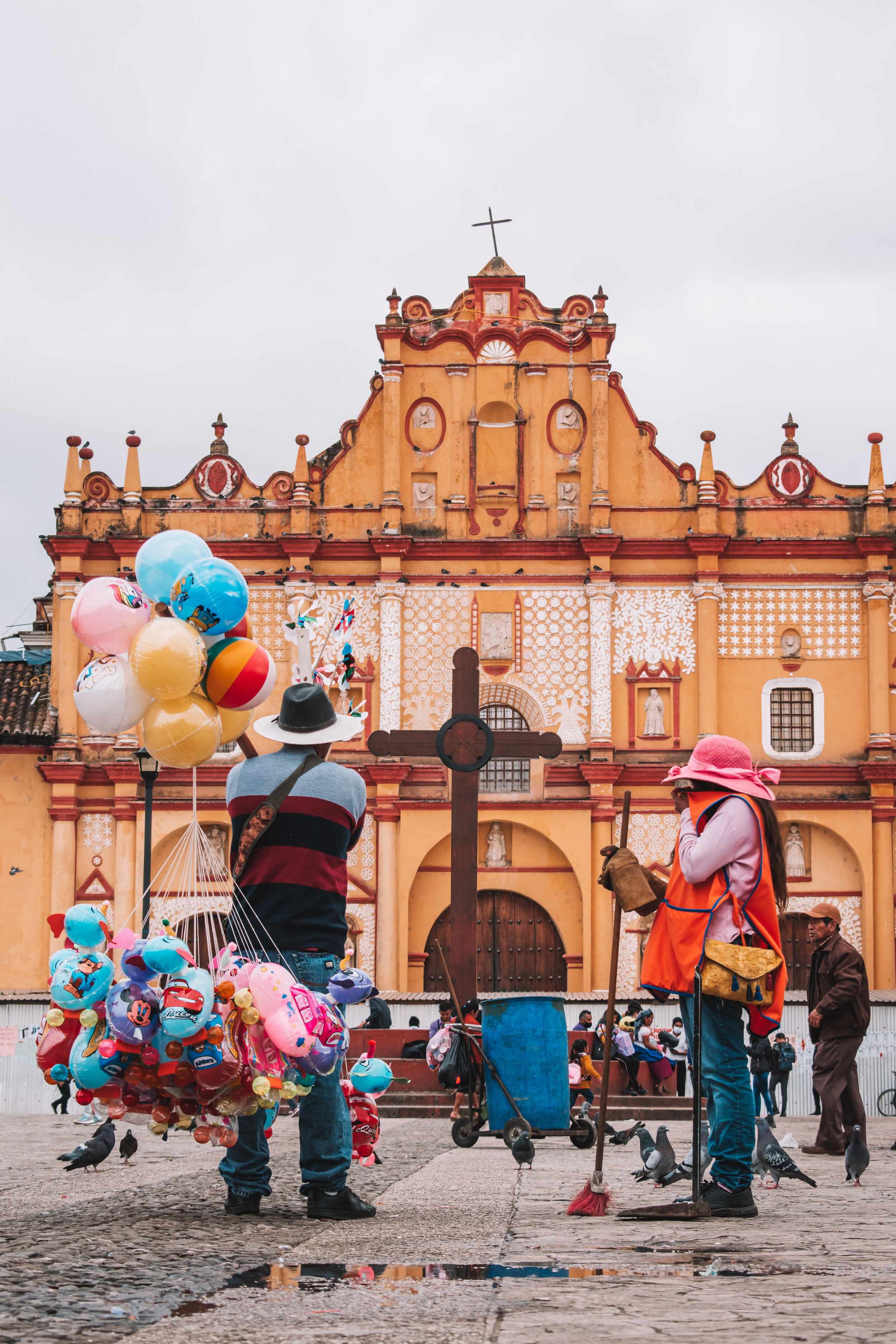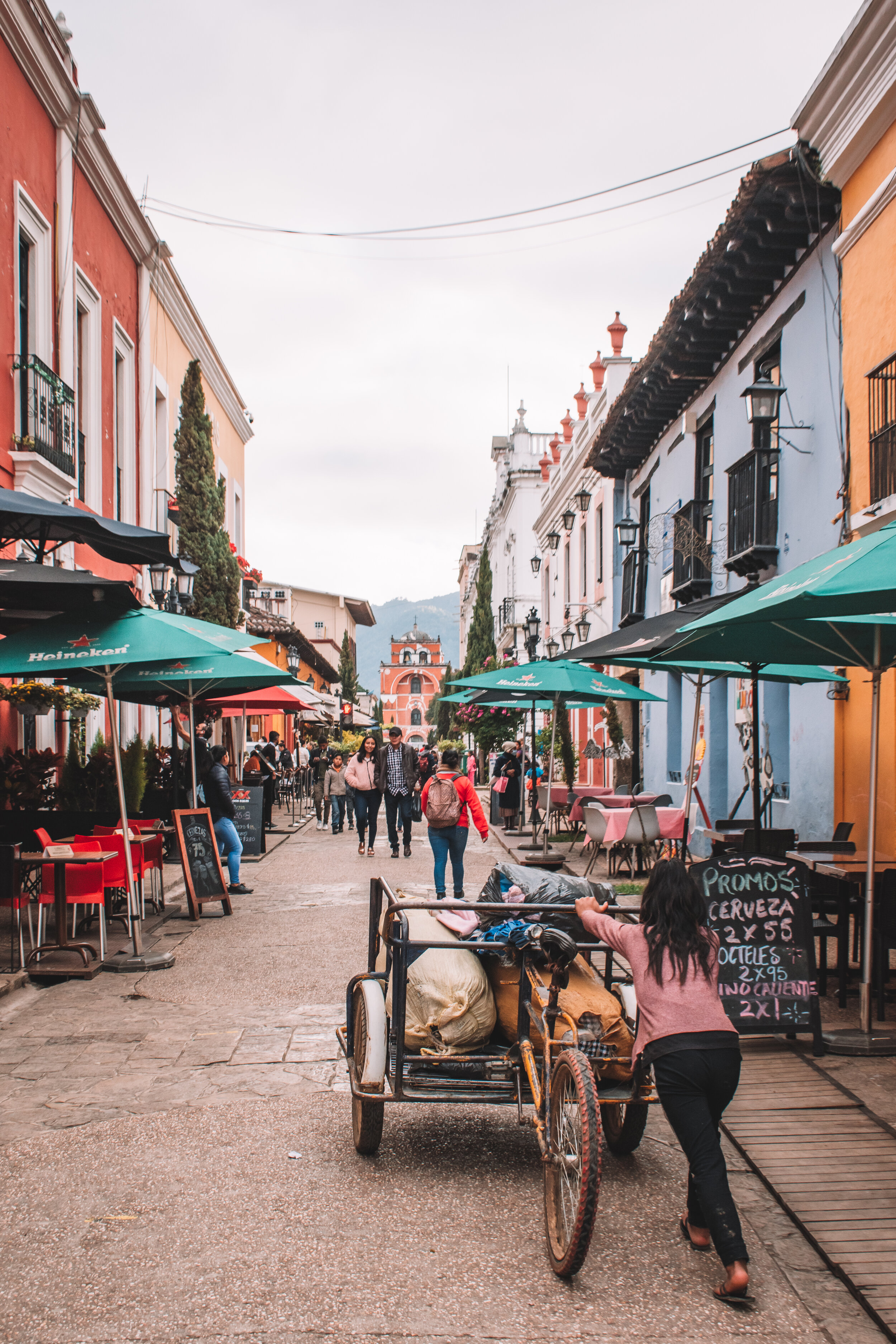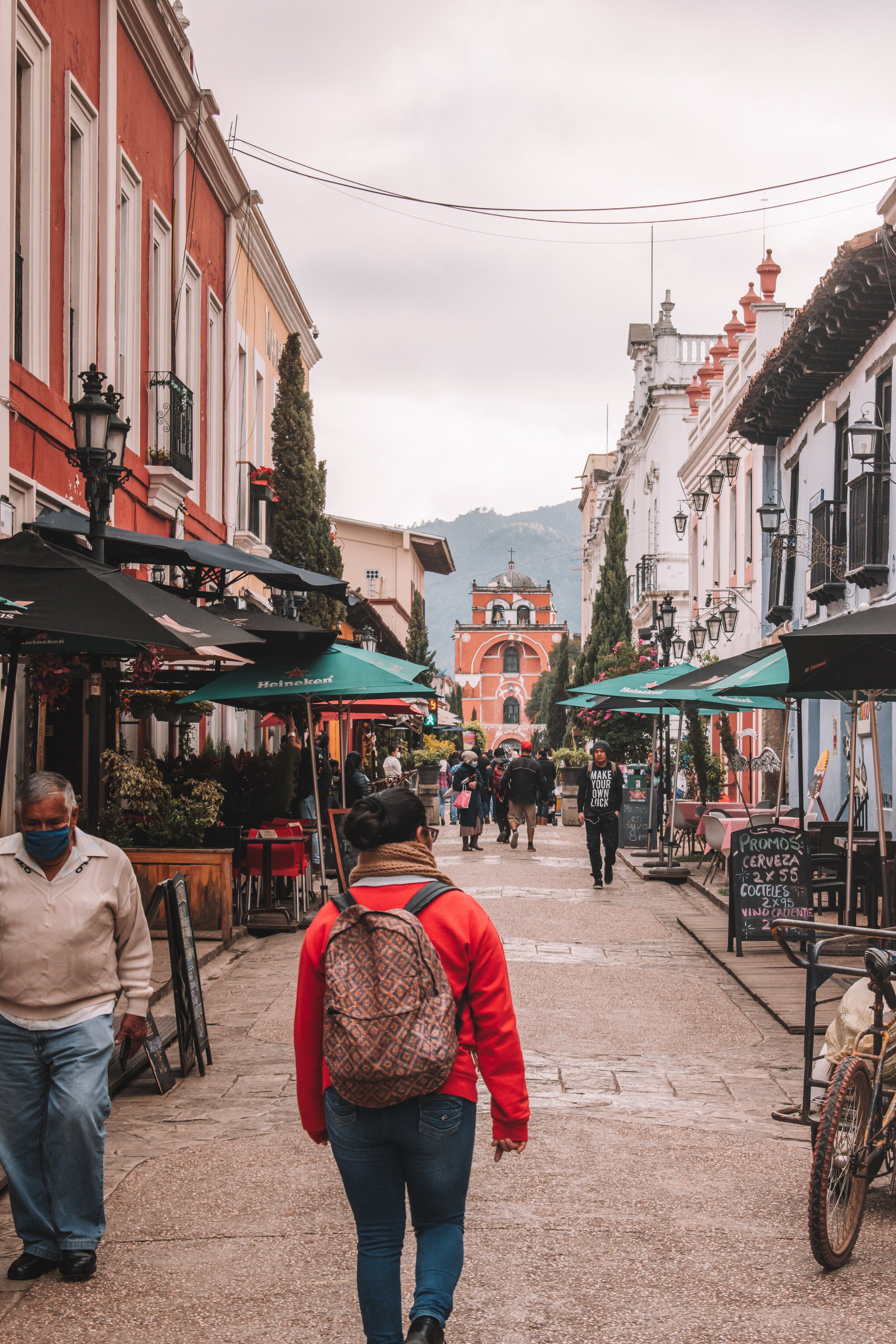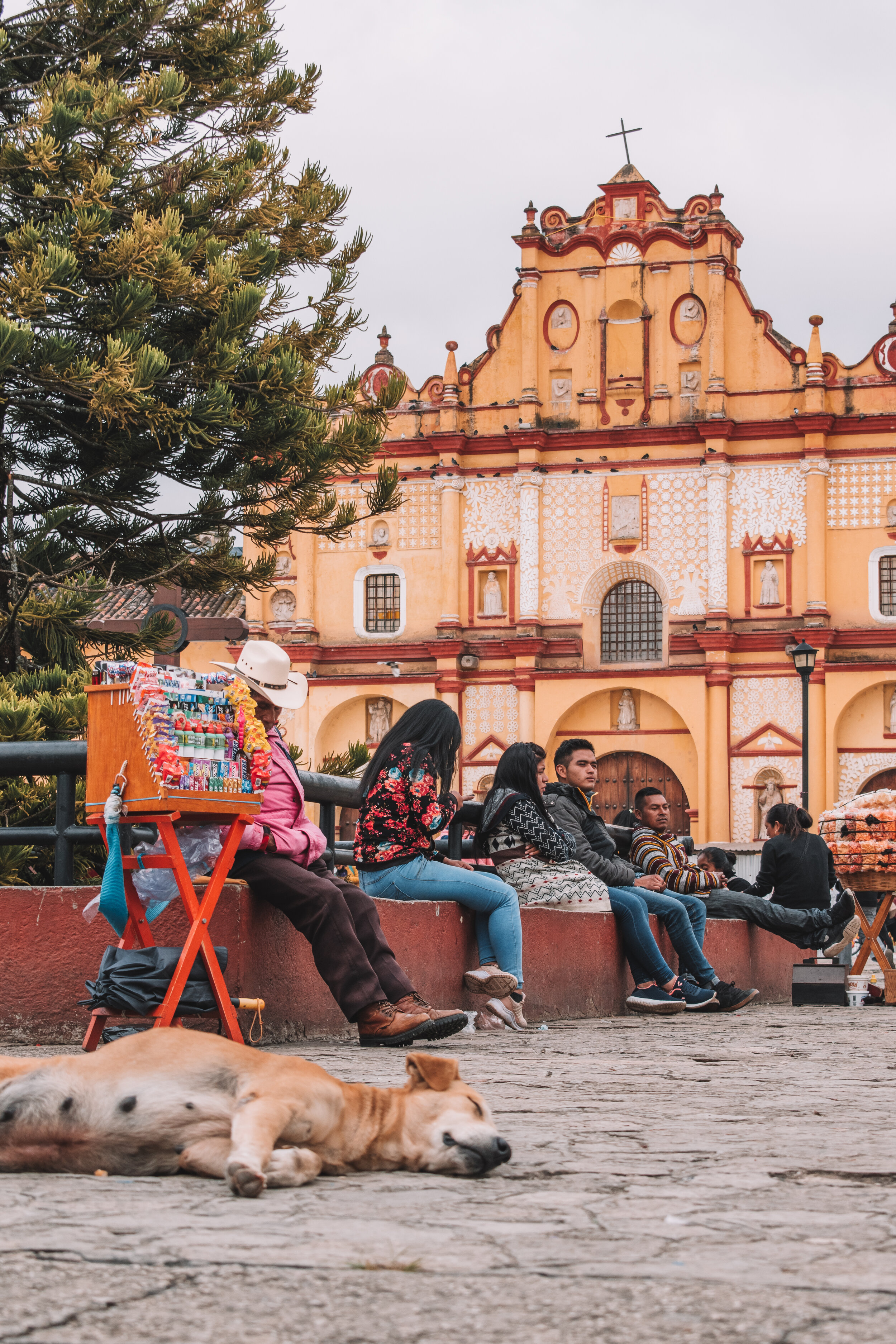In the urban chaos of Metro Manila, peace is as much a mythological creature as the kapres that used to send me huddling under the covers as a child. Finding tranquility is nigh impossible in the cacophony of its honking Jeepneys, whirring motorbike engines, rumbling trains, and ever-moving seas of people. Stay here long enough and it all becomes white noise, a humdrum chorus that comes with daily existence in a metropolitan area of around 15 million people.
From my bedroom window in Cubao, I can see all of the havoc unfolding in full display. Crowded highways and never-ceasing railways run parallel to one another, and without exaggeration, Manila’s skyline truly did extend as far as the eye could see.
It was hard to imagine that just 30 minutes away, one could escape to an oasis sheltered from Manila’s mayhem. Since 2010, the Pinto Art Museum has made its home in the highlands of Antipolo, just a short ride from this pilgrimage city’s bustling downtown. When the Pinto, meaning door in Tagalog, first found its way onto my Tik Tok feed, I could hardly believe that it was real. Compared to the gloomy grays of Metro Manila, it felt like Alice plummeting into Wonderland, Dorothy getting whisked away to Oz, Harry battering his way through Platform 9 3/4.
I had to see this for myself, with tempered expectations, of course. Very few things in Manila have lived up to the descriptions of the ever-optimistic and easily excitable Filipinos, myself included. Everything is truly “ang ganda! it’s so amazing, huuuh, talaga, you haaaave to go!” And genuinely, most of the time, we believe that. To a fault, Filipinos are the happiest people on this planet.
The minibus chugged its way through standstill traffic, eventually veering off the highway and onto the winding highland roads. After it dropped me off in Antipolo, I immediately waved down a tricycle that drove me the final five minutes to a fairly unassuming entrance gate. My first impressions were that it was small. It was reminiscent of the Frida Kahlo House, the Casa Azul, in Mexico City’s suburb of Coyoacan. From its unassuming size, soft pastels, and gentle tones, there were clear parallels.
Except the Pinto, on a Tuesday morning at least, was close to empty. No timed entries or lines curling around the block. I paid my entry fee, 300 pesos for an adult, although the guard initially charged me the 150 pesos for a student ticket. Did I really have to shoehorn that in? Well, I’m on the wrong side of 30, so yes, I did.
Regardless, it was perhaps the best 300 pesos I’ve spent in Manila. Immediately upon turning the corner, I was hit with deja vu from morning wanders through Paros in Greece, or Essaouira in Morocco. The Mediterranean truly seems to have trademarked the whitewashed stone aesthetic, and it was hard seeing the blocky rectangular buildings, small chapels, and pastel undertones without evoking scenes of Mamma Mia.
I mean, we are in the Philippines, after all. ABBA might be more popular here than anywhere else in the world, Sweden included. It’s not too far-fetched an idea that the Filipino founder of the Pinto drew inspiration from an ABBA musical. I jest, but not entirely. Sipping on an iced coffee at Cafe Dionysus, named after the Greek God of wine and debauchery, it was apparent that the charming Cyclades were some of the Muses for the founder, Dr. Joven Cuanang. Its architecture and interior design would feel right at home on a cliffside of Oia. However, that might be where the similarities end.
While the whitewashed architecture is true blue Mediterranean, to my pleasant surprise, the Pinto Art Museum was full-blooded Filipino on the inside.
The hundreds of paintings and artworks plastered across every spare inch of the galleries’ white, stone walls are expressive, colorful, and every bit as loud and demonstrative, yet introspective and poetic as the Pinoy artists and Filipino culture itself. The setting seems like something out of an Instagram photoshoot, yet much of the artwork is dark, disturbing, and thought-provoking.
The artists ranged from classically-trained to unhinged levels of experimental. Across various mediums, there were countless pieces that were surrealist in nature. Filipino pride was a common theme, although saying Filipino pride feels a bit redundant, like ATM machine or chai tea. To be Filipino is to be proud, by default. The art showcased that in abundance, and many pieces evoked nostalgia, like a carabao pulling a covered wagon. It looked like a scene from The Oregon Trail, except dangling from the wagon were Sungka (mancala) boards, salakot, and silhig.
While some brought about warm nostalgia, others summoned darkness, despair, and depravity. To be Filipino is to rebel, and to fight in a never-ending struggle. In many unique ways, local artists brought to life the suffering that we and our kababayan face individually, and the oppression that our country has both incited revolutions against and imposed upon ourselves. Art has always been a medium for protest. Several paintings at the Pinto Art Museum struck me as hard to stomach, and certain rooms were so disquieting they had me scurrying out like a scared mouse as soon as I set foot in them. Violence and corruption, death marches and vigilanteism, terrorist groups and genocides… they say trauma makes you more creative, and being Filipino is a cheat code in that regard.
To be Filipino is to chismis, and I am doing a little too much of that here right now. I am going to have to stop myself there from spoiling the entire mind-bending experience and surprise that is the Pinto Art Museum.
It’s hard to say enough incredible things about the Pinto Art Museum. It was much, much grander, in both size and in scope, than I expected. Don’t be fooled like I was upon seeing the solitary entrance archway for the first time. It wasn’t until that first iced coffee break at the Dionysus Cafe that I opened up the map that was coupled with my ticket. For that first hour or so, I had only visited the Academy building and amphitheater. As I found myself getting lost in the simplistic extravagance of the Academy’s architecture, it had not even crossed my mind that, aside from a few ceramics and scattered paintings, I had not encountered any art whatsoever. Opening that map was the first time I realized that I hadn’t even set foot into a single one of the Pinto’s seven galleries.
I would have been happy had my experience at the Pinto ended right then and there, but the grounds were beyond expansive. After sneaking in a few more shots of the soft pastels of the Academy, the most grandiose and eye-catching of the ground’s main buildings, I scurried off to the first gallery, and then the second, and then through all seven. It may not seem like much, but not a square inch of these whitewashed walls were wasted.
There were no filler pieces. Unlike many contemporary art museums where an entire wall may be taken up by a 20x20 foot canvas painted red, I didn’t catch myself one time questioning whether something belonged there. Filipino artists, sculptors, and creatives of all kinds have made a statement and have proven themselves as talented and worthy as anyone out there. The Pinto Art Museum is a triumph.
Thanks for reading. Here’s a cat.













